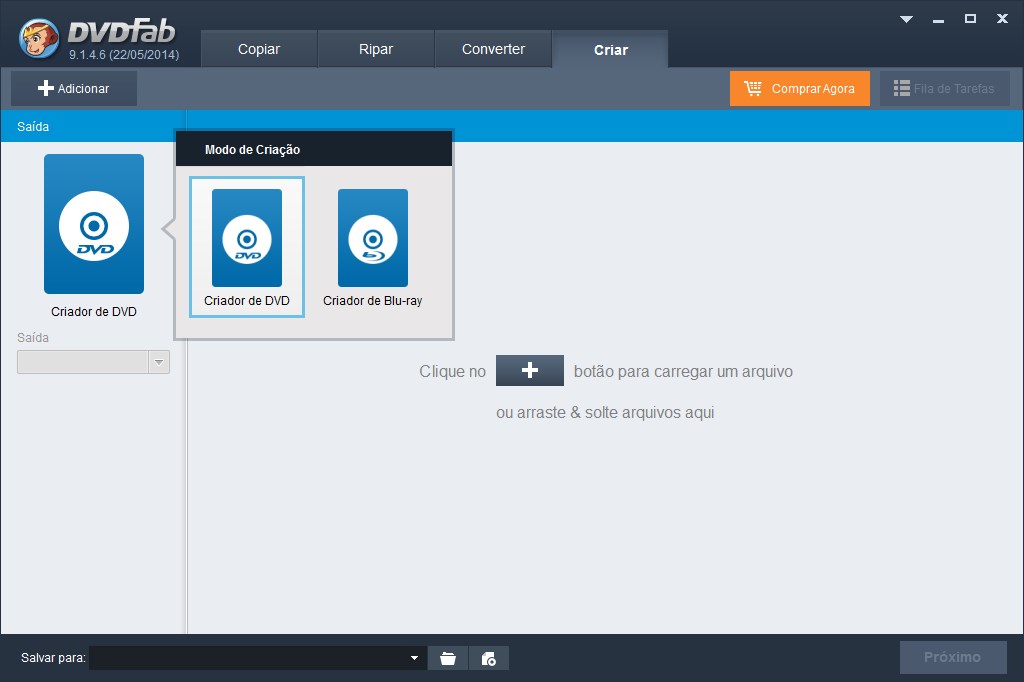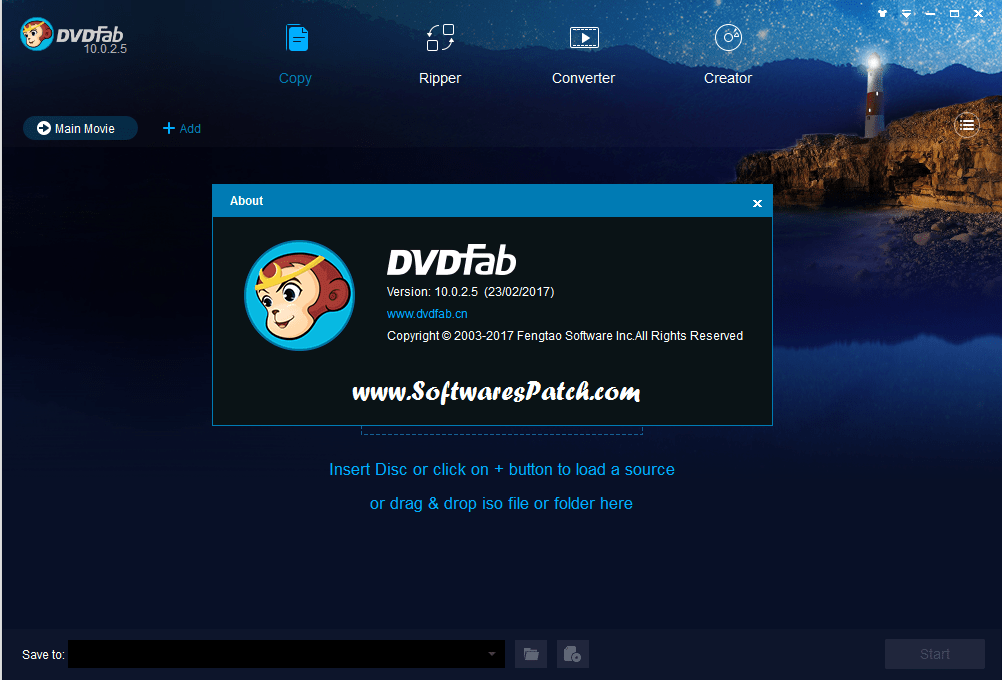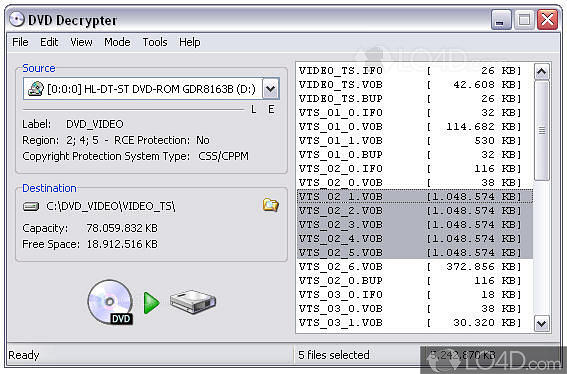


By the end of 2008, Yahoo pulled the plug on their subscription music service and rolled their customers over to Rhapsody.URGEIf anyone can take on iTunes and make this subscription music thing work, it's got to be MTV, right? That was the thinking back in 2006, when MTV and Microsoft launched the URGE music service, offering on-the-go subscriptions at. Unfortunately, in spite of promotion from Yahoo, and a major retail push by SanDisk, no one bought the thing. Hell, you can even use it to check your Yahoo IM and browse through Flickr photo galleries (try doing that with a Zune).The SanDisk Sansa Connect was the tech journalism toast of 2007, walking away with a four-star CNET rating and a Best of CES award. With both companies collapsing into one another and generally retreating from the portable market, Apple won't be losing share to satellite any time soon.Sansa ConnectiPod-schmipod! For just $14.99 a month the Sansa Connect can use Wi-Fi to download and stream all the music you want directly from Yahoo Music. Granted, 2005 was a different economic environment than the one we find ourselves in today, but the campaign was such a spectacular flop, you'd figure Zune would steer clear of using such a similar approach.Sirius & XMWhy own your music when you can get over 130 channels of commercial free radio beamed to you from the sky for as little as $12 per month? For years, this has been the argument used by companies like Sirius and XM and portable satellite players/recorders such as the Stiletto. History has already played out this fight enough times to show the futility of Microsoft's economic pitch.To refresh everyone's memory, here's a brief history of products and services that sought to unseat iTunes by appealing to consumers' wallets.NapsterIn a famously bad 2005 Super Bowl ad, Napster pitched their monthly subscription music service using fuzzy math similar to Microsoft's. Or what about the fact that Microsoft's $15 monthly fee adds up to $180 a year? The reality is, the numbers don't matter. I'm no pirate, but at least half (probably more) of my MP3 music library comes from friends, freebies, CDs, eMusic trials, and God-only-knows-which doesn't account for the movies, photos, and podcasts that make up a healthy chunk of my MP3 players.Also, how many people completely fill their MP3 player (especially the 120GB iPod Classic used in the example). For starters, it's naive to think that people are filling MP3 players with purchased music.

Microsoft's argument is riddled with fallacies. Using a 30-second video and an interactive calculator, Microsoft makes a case that their $15/month subscription music service is an awesome value compared to the $30,000 it would take to fill a 120GB Apple iPod Classic using iTunes. Microsoft's latest anti-Apple campaign has set its sights on the iTunes music store.


 0 kommentar(er)
0 kommentar(er)
